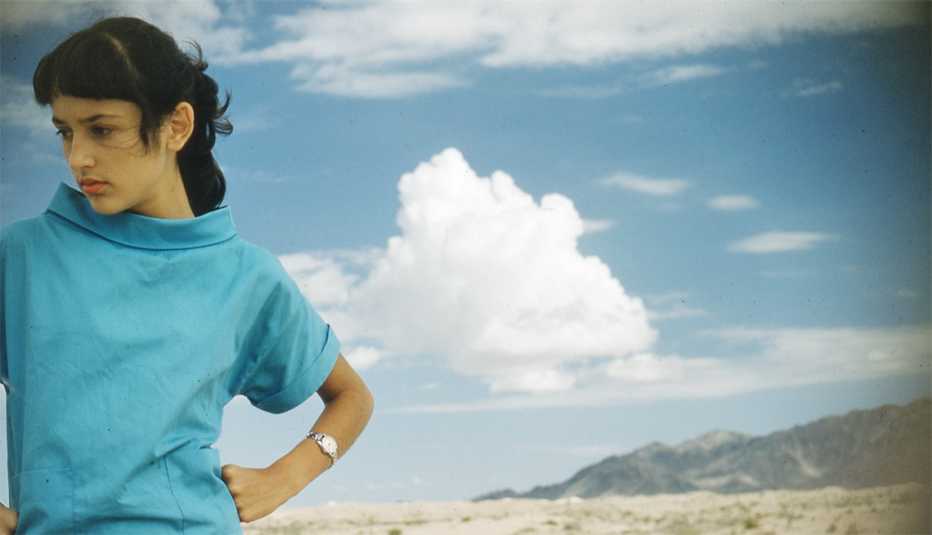AARP Hearing Center


Joan Baez has been in the public eye as an activist and folk singer for more than 60 years and yet has managed to keep significant aspects of her life private — at least, until now.
In Joan Baez I Am a Noise, a new documentary in theaters Oct. 6, the icon discusses the mental and physical pain she endured for most of her life. She also shares personal and often painful details about her relationship with Bob Dylan, her marriage to journalist and antiwar activist David Harris, and the guilt she felt about her self-perceived failings as a mother to her son, Gabriel.
In addition, we hear accounts — from a collection of interviews and audio recordings, some of which occurred at family therapy sessions — of secrets and accusations that rocked Baez and her entire family.
We chatted with Baez about making her private life public, her conflicted feelings about the trappings of fame, and how social activism today compares with what she experienced in the ’60s.
In the documentary, you talk openly about some things you haven’t talked about much before. What made you comfortable enough to do it now?
A number of things. The first thing that comes to my mind is that my family was all gone. There wouldn’t be contested or hurt feelings or anything. And then Karen O’Connor, one of the directors, has been a friend of mine for decades. I knew her to be a really first-class filmmaker. We talked about this on and off for a long time. And then years go by, and I think, How am I going to leave an honest legacy for whoever’s interested? We started off as a film about the last tour — not even knowing whether it was for sure the last tour — but then I gave the directors the key to my storage unit. In the film, when I walk in there, it is the first time I’d ever walked in, so I didn’t have any idea the extent of what was in there. [The documentary relies heavily on journals, drawings and audio recordings Baez and her family members had saved for decades, and in a scene near the end of the film, she enters a storage unit containing stacks of boxes and cabinets filled with these records and looks through some of the contents.]
It really is an amazing archive of not just your whole life but your whole family. And what a treasure to have. I wondered if it was also a bittersweet experience because some things are hard to revisit.
I would say the hardest has been dealing with my son’s abandonment, basically. And I knew about it [but] I didn’t know it was that deep, you know? Some of that stuff is painful. It’s painful to watch. And yet, my mother kept all those letters and all those tapes of me talking to them from the train. It’s crazy. But it turned out that instead of me [in the current day] talking about what it was like meeting Martin Luther King, it is me at age 21 talking about my life then.








































































More From AARP
The Power of Latin Music
From Sinatra to Queen, 10 mainstream artists who added Latin rhythms to their repertoire and recorded in Spanish
9 Essentials for a Happier Life, According to Oprah Winfrey
Her new book ‘Build the Life You Want’ with Arthur C. Brooks offers an action plan for ‘happierness’
7 Things Everyone Should Know About Depression
Who's at risk, common symptoms, and how to get help and ease the pain